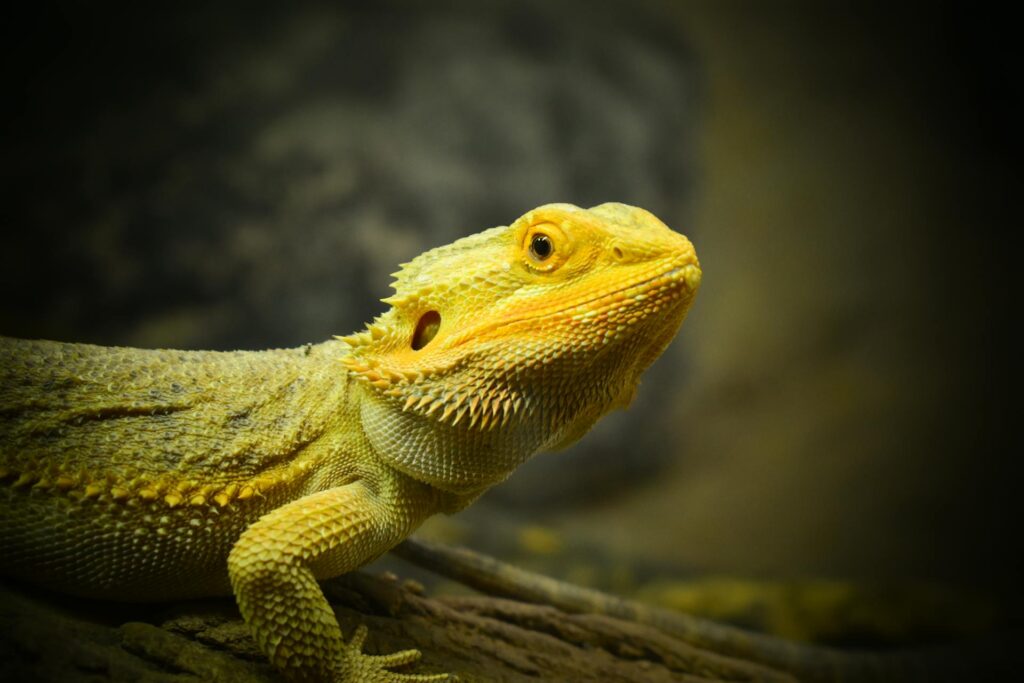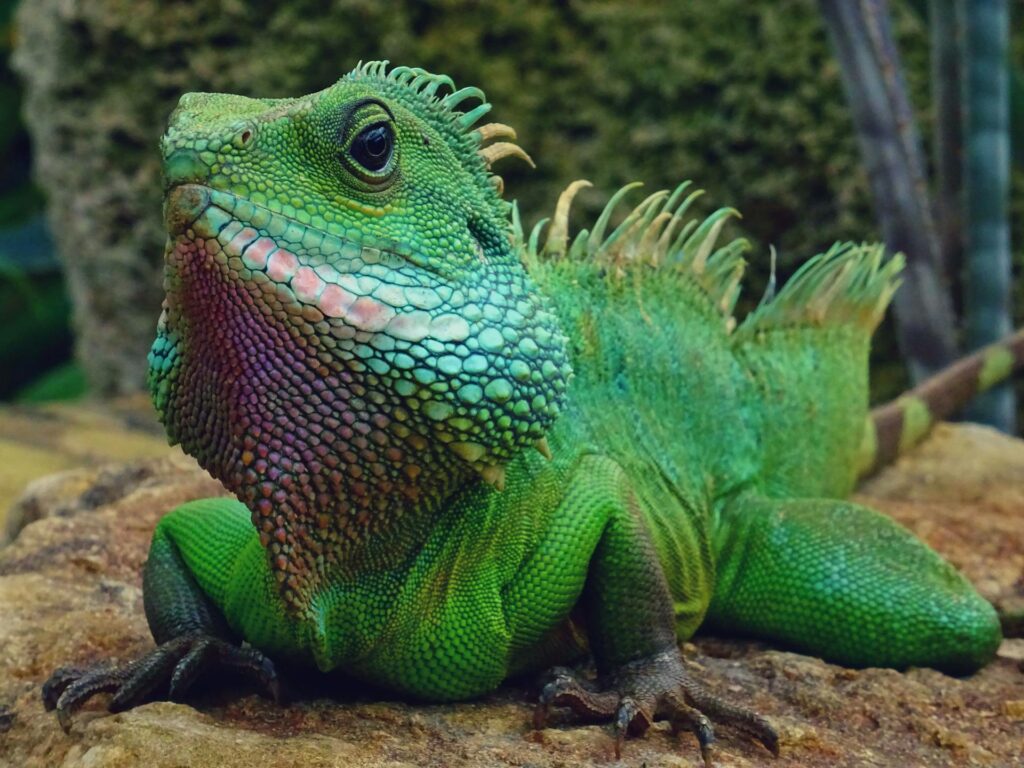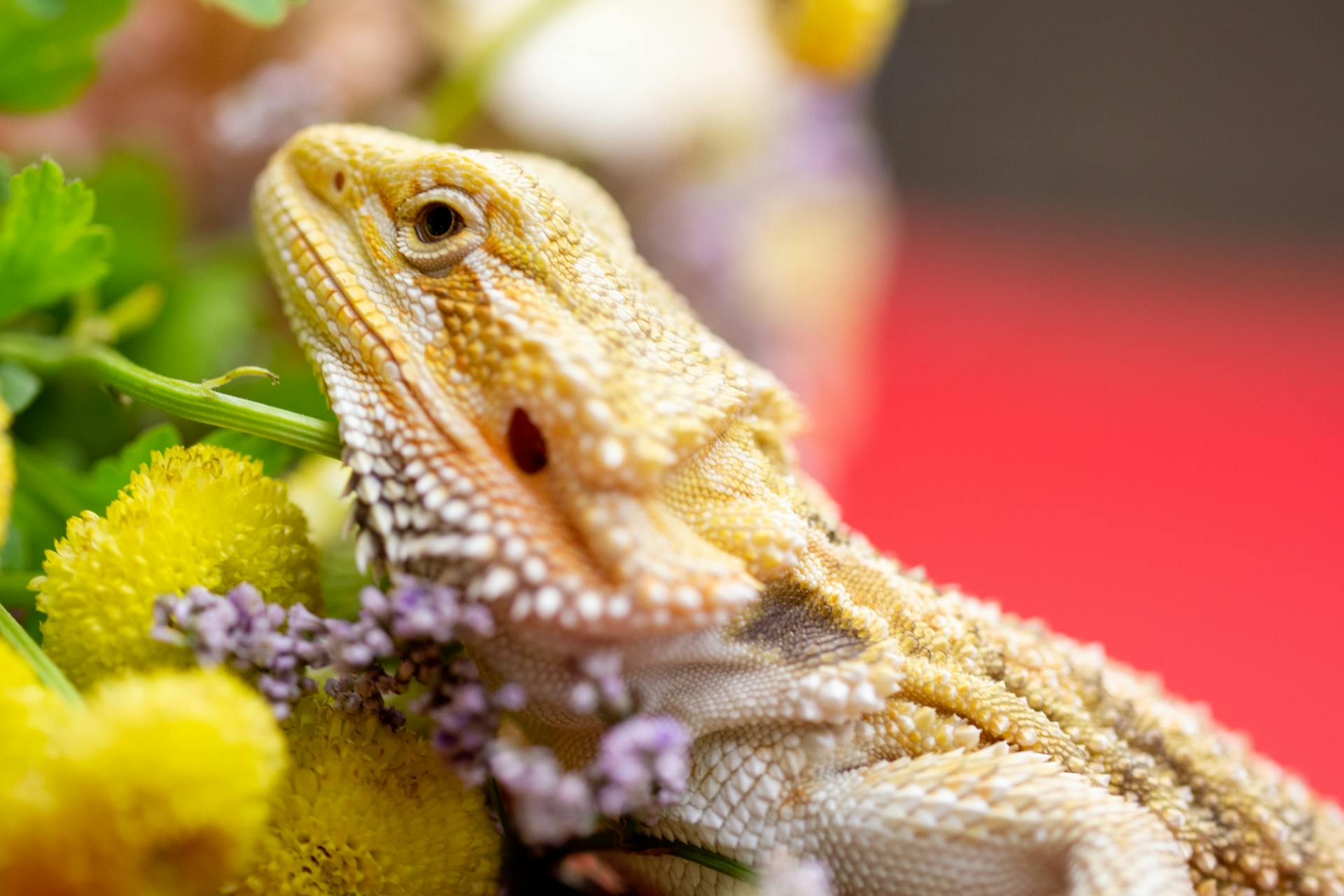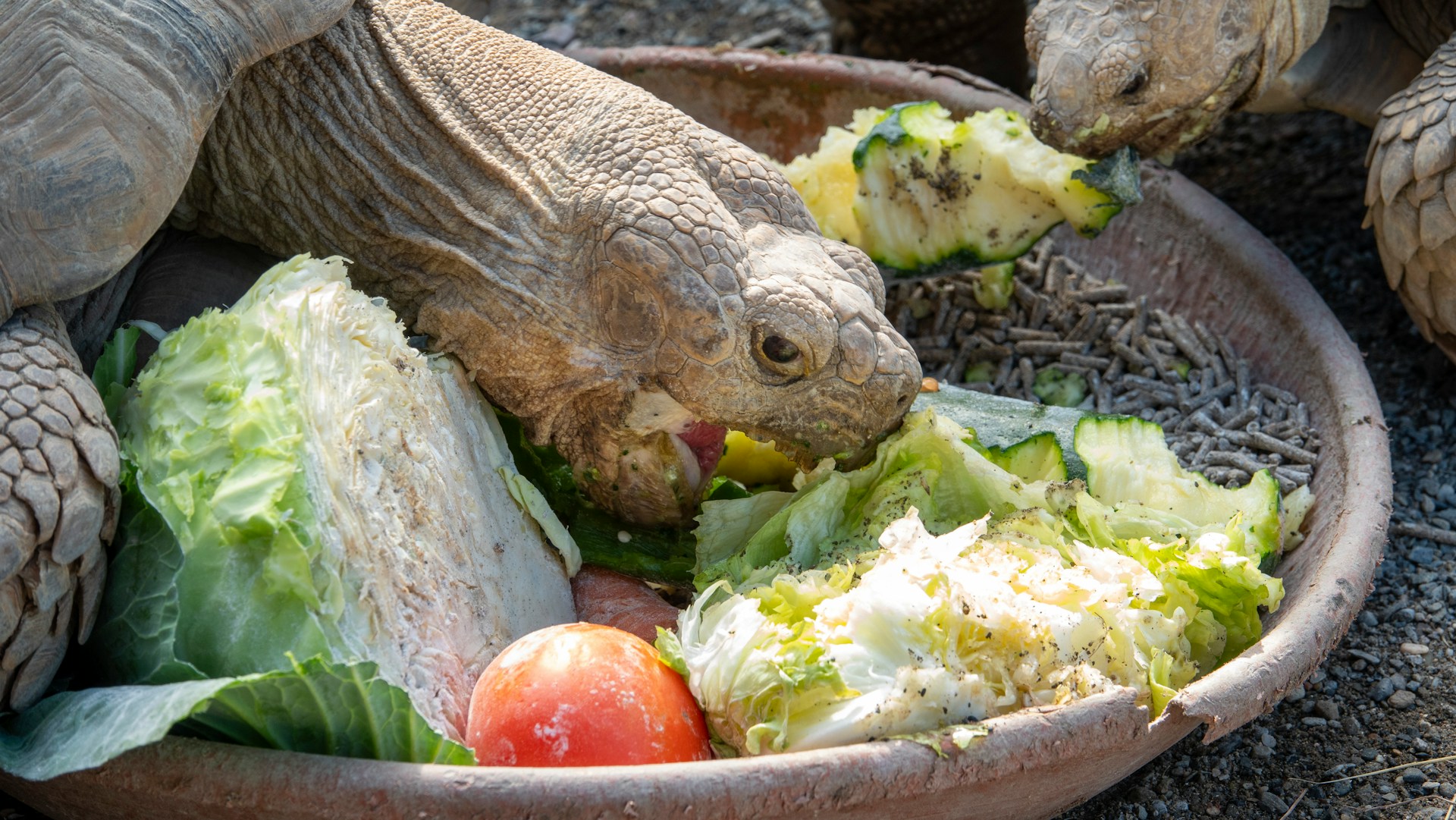In a world where cats and dogs dominate the pet landscape, some animal enthusiasts seek companionship that’s a bit more unconventional. The realm of exotic pet ownership offers fascinating alternatives for those looking beyond traditional domestic animals.
While many exotic species are rightfully regulated or prohibited due to conservation concerns, welfare issues, or public safety, there remains a surprising variety of unique creatures that can be legally owned in many jurisdictions.
This article explores some of the most distinctive exotic pets that can be legally kept, examining their characteristics, care requirements, and the special considerations potential owners should understand before bringing these remarkable animals into their homes.
Axolotls: The Eternally Youthful Aquatic Salamanders

Axolotls are neotenic salamanders that never undergo metamorphosis, retaining their juvenile features, including external gills, throughout their lives.
These fascinating amphibians are native to Mexico and have become increasingly popular as aquatic pets due to their unique appearance and relatively straightforward care requirements.
Axolotls can live for 10-15 years in captivity and come in several color variations, including wild-type, leucistic (pink with black eyes), albino, and melanoid (black).
They require specialized aquarium setups with cool water temperatures between 60-68°F (16-20°C), fine sand substrate to prevent ingestion injuries, and gentle filtration systems that don’t create strong currents that could stress these gentle creatures.
Sugar Gliders: Pocket-Sized Marsupials

Sugar gliders are small, nocturnal marsupials native to Australia, Indonesia, and Papua New Guinea that have gained popularity as exotic companions.
These adorable creatures get their name from their preference for sweet foods and their ability to glide between trees using a membrane called a patagium that stretches from their wrists to their ankles.
Sugar gliders are highly social animals that form strong bonds with their owners and can live 10-15 years in captivity when properly cared for.
They require spacious cages with plenty of climbing opportunities and a carefully balanced diet including proteins, fruits, vegetables, and nectar substitutes, and ideally should be kept in pairs or small groups to prevent depression from loneliness.
Potential owners should be aware that sugar gliders are nocturnal, can be vocal at night, and require significant time commitment for bonding and socialization.
Fennec Foxes: Desert-Dwelling Canids with Enormous Ears

Fennec foxes are the smallest canid species in the world, weighing just 2-3 pounds as adults, and are immediately recognizable by their disproportionately large ears that can grow up to 6 inches long.
Native to the Sahara Desert and other arid regions of North Africa, these charismatic animals are adapted to desert life with their heat-dissipating ears and fur-lined feet that protect against hot sand.
Legally owned in some states, fennec foxes require specialized care, including a secure outdoor enclosure with digging barriers, temperature control, and a diet that mimics their natural omnivorous feeding habits.
While they can form bonds with their owners and can be litterbox trained with patience, fennec foxes retain many wild instincts, including nocturnal activity patterns, burrowing behaviors, and high energy levels that require substantial exercise and enrichment.
Hedgehogs: Spiky Companions with Curious Personalities

Hedgehogs have transitioned from woodland creatures to beloved exotic pets in many households, particularly the African pygmy hedgehog species.
These small mammals are covered in thousands of sharp but non-detachable quills that they use as their primary defense mechanism, curling into a ball when threatened.
Hedgehogs are generally solitary animals that don’t require companionship from their own kind and can live 4-7 years in captivity with proper care.
Their housing needs include a spacious cage with solid flooring (not wire, which can injure their feet), hiding spots, an exercise wheel specifically designed for hedgehogs, and careful temperature control between 72-80°F as they’re susceptible to hibernation attempts in cooler environments, which can be fatal in captivity.
While hedgehogs aren’t typically cuddly pets, they can become accustomed to handling and develop distinct personalities that endear them to their owners.
Bearded Dragons: Desert Reptiles with Distinctive Features

Bearded dragons have become one of the most popular reptile pets due to their relatively docile nature and the distinctive spiny projection under their throats that expands and darkens when they feel threatened, giving them their namesake “beard.”
Native to the arid regions of Australia, these omnivorous lizards can grow to approximately 24 inches long and live 10-15 years with proper care.
Bearded dragons require spacious terrariums with appropriate temperature gradients (basking spot of 95-105°F and cooler areas around 75-85°F), UVB lighting to prevent metabolic bone disease, and diets consisting of insects, leafy greens, and vegetables.
Their popularity stems partly from their engaging behaviors, including arm-waving, head-bobbing social displays, and their capacity to recognize their owners and even enjoy handling sessions when properly socialized from a young age.
Kinkajous: Rainforest “Honey Bears” with Prehensile Tails

Kinkajous are arboreal mammals native to the tropical forests of Central and South America, often nicknamed “honey bears” due to their fondness for honey and nectar. These nocturnal creatures are not actually bears but belong to the family Procyonidae, making them relatives of raccoons and coatis.
Kinkajous possess extraordinarily dexterous prehensile tails that can support their entire body weight while they forage for fruits and nectar in the forest canopy.
As pets, kinkajous require large, tall enclosures with numerous climbing opportunities, a carefully planned diet rich in fruits, vegetables, proteins, and specially formulated supplements, and significant socialization to prevent aggressive behaviors that can emerge in adulthood.
While they can form strong bonds with their caretakers and live 20+ years in captivity, potential owners should be prepared for their nocturnal activity patterns and occasional loud vocalizations during the night.
Degus: Social Chilean Rodents

Degus are diurnal rodents native to Chile that resemble a cross between gerbils and chinchillas, offering the advantage of being active during daylight hours, unlike many exotic pets.
These highly social animals live in complex colonies in the wild and should always be kept in pairs or small groups in captivity to prevent depression and behavioral problems.
Degus have remarkable cognitive abilities, can learn their names, perform tricks, and even use simple tools in some circumstances, making them engaging companions for those willing to invest time in their socialization.
Their dietary needs are specialized, requiring high-fiber, low-sugar foods, as they’re extremely prone to diabetes; even fruits must be strictly limited to prevent health issues.
With proper care, including dust baths similar to chinchillas, plenty of chewing materials for their continuously growing teeth, and appropriate housing, degus can live 6-8 years in captivity.
Capybaras: The World’s Largest Rodents

Capybaras are the largest rodents in the world, weighing up to 150 pounds and standing around 2 feet tall at the shoulder, making them a substantial commitment for exotic pet enthusiasts.
Native to South America, these semi-aquatic creatures are extremely social herd animals known for their docile, friendly demeanor and remarkable compatibility with other animal species.
Capybaras require extensive outdoor space, including both land areas and a pool or pond deep enough for swimming, as water access is crucial for their physical and psychological wellbeing.
Their diet consists primarily of grasses, aquatic plants, and specialized rodent pellets, consuming about 6-8 pounds of food daily.
Legal ownership varies significantly by location, with many states requiring special permits, and potential owners should consider their substantial space requirements, specialized care needs, and social nature before considering these unique rodents as pets.
Wallabies: Miniature Kangaroo Relatives

Wallabies are marsupials native to Australia and neighboring islands that resemble miniature kangaroos, standing approximately 2-3 feet tall as adults.
These herbivorous animals require extensive outdoor enclosures with tall fencing (they can jump remarkably high), sheltered areas for protection from weather extremes, and plenty of space to hop and explore.
Their diet primarily consists of grasses, hay, specialized wallaby pellets, and select vegetables and leaves, with careful attention needed to avoid toxic plants.
Legal ownership of wallabies varies dramatically by location, with some states permitting them with appropriate permits while others ban them outright.
Despite their cute appearance, potential owners should recognize that wallabies are not domesticated animals; they retain wild instincts, can deliver powerful kicks when frightened, and generally don’t enjoy being handled like traditional pets, making them better suited to being observed rather than cuddled.
Serval Cats: Elegant African Felines

Servals are medium-sized wild cats native to African grasslands, known for their stunning golden coat with black spots and remarkably long legs that give them extraordinary jumping abilities.
These elegant felines can weigh 20-40 pounds and possess the highest jump-to-body-size ratio of any cat, capable of leaping up to 10 feet vertically to catch birds in flight.
Legal ownership varies widely by jurisdiction, with many locations prohibiting servals or requiring special permits, and potential owners must research local regulations carefully.
Servals require spacious, secure enclosures with climbing opportunities, areas to satisfy natural behaviors like stalking and pouncing, and a diet consisting primarily of raw meat with appropriate supplements.
While servals can bond with their human caretakers, they retain many wild instincts, including territorial marking behaviors, prey drive, and are generally not suitable for households with small children or other pets.
Skunks: Descented But Still Distinctive

Domesticated skunks, which have had their scent glands removed at a young age, have developed a niche following in the exotic pet community due to their intelligence and playful personalities.
These omnivorous mammals are naturally curious, can be trained to use a litter box, and often form strong bonds with their human caretakers, displaying affectionate behaviors more commonly associated with dogs.
Skunks require a varied diet including proteins, vegetables, fruits, and specially formulated supplements to prevent nutritional deficiencies that can lead to serious health problems.
Their housing needs include secure accommodations, as they’re skilled escape artists, with enrichment opportunities to satisfy their natural digging and foraging behaviors.
Legality varies significantly by location, with many states prohibiting skunk ownership entirely while others require special permits, and potential owners should understand that even descented skunks retain other natural defense behaviors like stomping and a unique warning posture before considering them as pets.
Mini Pigs: Compact Porcine Companions

Mini pigs, often marketed under names like “teacup pigs” or “micro pigs,” are actually smaller breeds of domestic pigs, such as Potbellied, Juliana, or Kunekune varieties, that still grow significantly larger than many buyers expect.
These intelligent animals can weigh anywhere from 70 to 150 pounds when fully mature at around 3-5 years of age, making proper research essential before adoption.
Pigs are considered the fifth most intelligent animal globally, capable of learning commands, solving puzzles, and even playing simple video games with specialized controllers.
Their care requirements include secure outdoor space for rooting and exploring, specialized diets to prevent obesity (a common problem in pet pigs), and social stimulation, as they’re highly social creatures that can experience depression if left alone for extended periods.
While legal in many areas, urban and suburban environments often have zoning restrictions that classify pigs as livestock, prohibiting them regardless of size, making thorough research into local ordinances essential for prospective owners.
Legal and Ethical Considerations for Exotic Pet Ownership

The legality of exotic pet ownership varies dramatically not just by country but by state, county, and even city regulations, requiring thorough research before acquiring any unusual animal.
Beyond legality, ethical considerations include whether the animal comes from sustainable, captive-bred sources rather than contributing to the problematic wild-caught pet trade that threatens wild populations and often involves inhumane capture and transport methods.
Potential exotic pet owners should consider their ability to provide specialized veterinary care, which can be both expensive and difficult to find, as many veterinarians lack training in exotic species.
Long-term commitment is especially important, as many exotic pets have lifespans exceeding 10-20 years, and finding new homes for unusual animals can be extremely challenging if the owner’s circumstances change.
Responsible ownership also includes preparing for natural disasters or emergencies with plans that accommodate the unique needs of exotic species that may not be welcome at standard evacuation shelters.
Conclusion

The world of legal exotic pet ownership offers fascinating alternatives to traditional companion animals but comes with significant responsibilities.
These unique creatures require specialized knowledge, dedicated care, appropriate housing, and often substantial financial investment to thrive in captivity.
While the allure of having an unusual animal companion is understandable, potential owners should approach exotic pet ownership with careful consideration of the animal’s welfare, legal status in their area, and their own ability to meet the animal’s needs for its entire lifespan.
When done responsibly, with proper research and preparation, caring for these remarkable creatures can be a rewarding experience that fosters greater appreciation for the incredible diversity of the animal kingdom.




